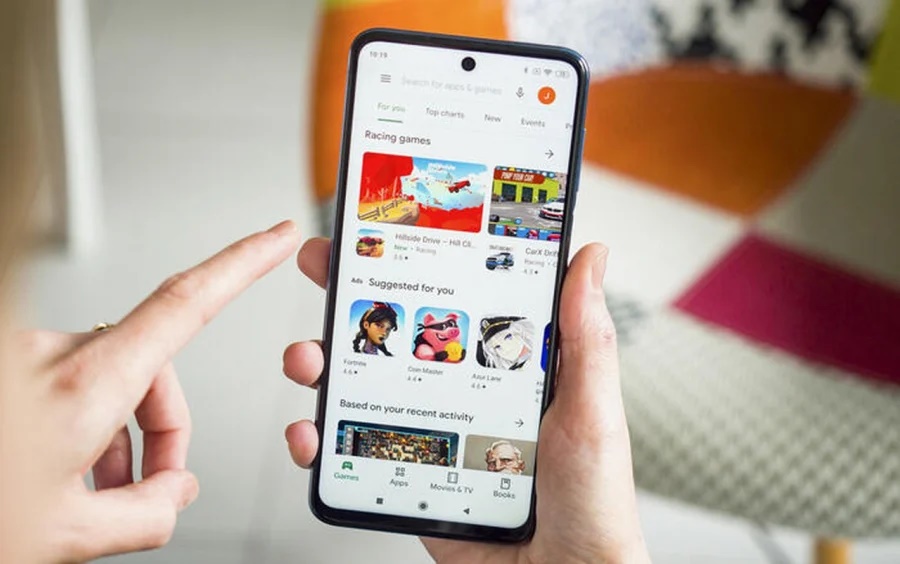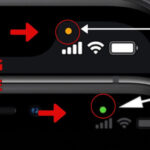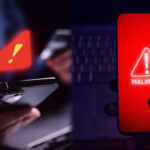Delete these apps immediately if you don’t want your bank account compromised
Recently, cybersecurity firm ThreatFainst identified a trojan disguised as various types of software, including QR code scanners, PDF readers, and e-wallets. This “trojan dropper” evades detection by the CH Play virus scanning system, and it is estimated that over 300,000 devices have been affected.
According to security experts, this malware can steal banking passwords or authentication codes. It can even record keystrokes from virtual keyboards and secretly take screenshots of users’ devices.

The following is a list of apps containing this malware that users should immediately uninstall if found on their devices:
Two Factor Authenticator (package name com.flowdivision)
Protection Guard (com.protectionguard.app)
QR CreatorScanner (com.ready.qrscanner.mix)
Master Scanner Live (com.multifunction.combine.qr)
QR Scanner 2021 (com.qr.code.generate)
QR Scanner (com.qr.barqr.scangen)
PDF Document Scanner – Scan to PDF (com.xaviermuches.docscannerpro2)
PDF Document Scanner (com.docscanverifier.mobile)
PDF Document Scanner Free (com.doscanner.mobile)
CryptoTracker (cryptolistapp.app.com.cryptotracker)
Gym and Fitness Trainer (com.gym.trainer.jeux)
Master Scanner Live (leaf.leave.exchang)
Gym and Fitness Trainer (gesture.enlist.say)
PDF AI: Text Recognizer (com.uykxx.noazg)
QR CreatorScanner (com.cinnamon.equal)
QR CreatorScanner (com.tag.right)
In recent times, security companies have discovered many malicious apps and software on the Android platform. Previously, cybersecurity software company Avast warned about a scam campaign called UltimaSMS, which included 151 fraudulent apps targeting Android smartphones. These apps masqueraded as popular software such as photo editors, camera filters, games, and QR code scanners. They would automatically subscribe users to expensive SMS services.
Other bank account scam techniques that customers should be aware of:
Recently, there has been a scam where fraudsters impersonate bank employees and offer to withdraw money from credit cards. The scammers call or text from unknown numbers, offering services such as easy monthly payments or lower fees and interest rates for transfers.
Once the customer agrees, the scammer asks for the physical credit card information or card details, including the card number and CVV code (sometimes even asking the customer to cover the CVV for added trust). They may also request a photo of the customer’s ID and a contract number, which is actually the OTP code for the transaction that will deduct money from the credit card.
After providing this information, some customers receive a transfer to their personal account, but the amount received is significantly less than what was previously debited from their card. In other cases, customers find that their card has been used for illegal transactions, such as online payments or other unauthorized activities.
Another common scam on social media involves creating a link with a domain name similar to that of a contest organizer and promoting it on social media, inviting people to vote or participate in a lucky draw. To participate, users must access the shared link and log in with their account information (username and password). As the link contains malware, the scammers steal the users’ account information.
From there, they collect the account holder’s images and data and edit them into short videos. They then impersonate the account holders, sending messages and making video calls (using the pre-edited videos) to the account holder’s friends and family on Facebook, asking to borrow money or requesting transfers.
Additionally, popular scams include impersonating telecom employees to upgrade SIM cards, activate eSIMs to change personal email passwords, and contact telecom providers to query ID card numbers. By gaining control of both email and phone and having ID card information, they call the telecom provider to reset internet banking login credentials via email and reset internet banking passwords via text message, ultimately taking over the bank account, reactivating Smart OTP, and transferring all funds to other accounts.
Given these scams, banks advise customers not to provide security information such as OTP codes, passwords, ID card numbers, etc. Instead of using SMS for financial transactions, it is recommended to use authentication apps.
Banks also advise customers never to access links provided in strange or unknown messages or emails, never to log in to banking services from unknown messages or public devices, and never to provide transaction information (usernames, passwords, OTP codes, etc.) to anyone or through any means.
According to Sai Gon The Thao
5 Warning Signs Your Phone May Be Infected With Malware and Data-Stealing Viruses
If you’ve noticed your phone’s battery draining faster than usual, or your mobile data disappearing at an alarming rate, it’s time to be vigilant. Immediately check your device for any suspicious or unknown software. It’s important to take action and ensure your phone is free from any potential threats that could be causing these issues. Keep an eye out for any unusual activity and take the necessary steps to secure your device and protect your data.
6 Warning Signs Your Laptop is Being Tracked – How to Stay Safe
Personal computers are a haven for our personal and work-related information, but they can also be a liability when it comes to privacy. It’s imperative to be vigilant and aware of the signs that your device may be under surveillance. With the right precautions and knowledge, you can protect your privacy and ensure your data remains secure.
The Little Button on Your Phone: Is Someone Watching You?
The advent of smartphones has brought with it a host of privacy and security concerns. Many individuals are now wary of the potential for unseen surveillance, with their every move potentially being tracked and monitored. This has sparked a heated debate around the delicate balance between technological advancement and personal privacy. As we embrace the convenience and connectivity that smartphones afford, we must also remain vigilant in safeguarding our personal information and data.







































